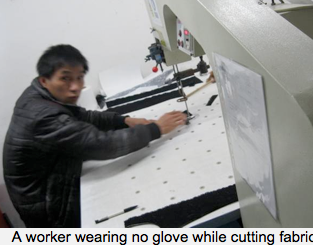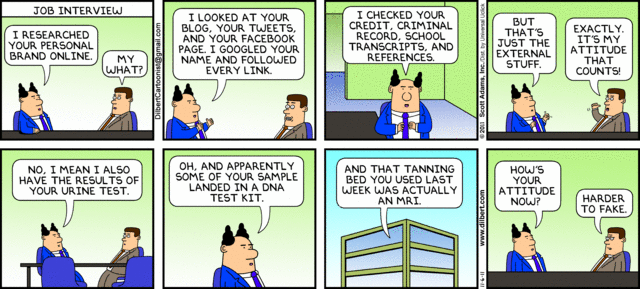 A few days ago, I wrote What questions can you ask a Chinese factory during a visit?
A few days ago, I wrote What questions can you ask a Chinese factory during a visit?
Unfortunately, a factory visit is carefully scripted, and you won’t get 100% truthful responses. In other words, the supplier’s salesperson will tell you what she thinks you want to hear.
Here is a list of things that anyone can observe easily when visiting a Chinese factory:
- Is the production floor clean? Are products in direct contact with the ground?
- Is the office organized? Or do they have papers all over their desks?
- Are the workers’ toilets clean?
- Are there lines on the ground, and nameplates for each department?
- Do the workers wear protective equipment (masks, gloves…) when they perform dangerous operations?
- Are the operators afraid/nervous when you stop and look at them?
- Are the operators mostly young (more into their work, more adaptable) or old?
- Do the workers perform only 1 simple and repetitive operation, in front of a conveyor belt?
- Is production organized in islands (bad) or in line (better)? Is there a lot of work-in-process in the workshop? (You can read about the different types of production organization).
- What operations are they performing? If it is only packing, you are wasting your time (the real action is somewhere else).
- What other customers do they serve in your country? Have a look at the labels on the packing line, and then at the shipping marks in the cartons warehouse.
- Do they agree to show you the latest designs they developed for their other customers? Would they give you quotations for these proprietary designs?
- Does the showroom contain branded items? If some designs were developed for a specific customer, would they accept to make them for you too?
To finish on a lighter note: make sure you don’t go as far as the pointy-haired boss in the below cartoon.
Source: dilbert.com


I like the check of cleanliness of toilets. It is a sort of 30-second factory evaluation !
Another important area to watch is the inventory (both material + parts and finished goods). It gives a view on the real production rate as well as the material the supplier uses in reality.
Yes, good suggestion!